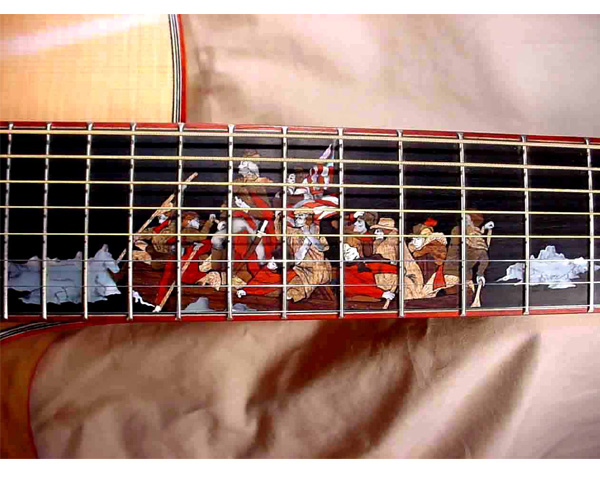AnthonyZ,
Yes, I usually lay all of the pieces over the drawing that is taped down under wax paper to keep track of what I still need to cut. When all are cut, I dress whatever needs to be touched with jeweler's files and fit them together. Then I CA glue them together on the wax paper being careful to keep the glue light to avoid running between pieces and additional cleanup before tracing it onto the surface it will be laid into.
I glue the entire assembled inlay onto the fingerboard using Duco cement and allow it to dry for a few hours. After cutting the tracing around it, I use a small spatula to coax it off of the board again. If it comes aprt, it's usually only a part or two that work loose so it's easy enough to get together again.
I never use a scribe to trace the piece onto the surface, but always use an Xacto knife with a fresh blade to cut a line around the item being inlaid. The scribe will press the line into the surface by mashing the material down or can scrape a very small goove into the surface by dragging material out. The Xacto knife actually cuts the line into the surface very cleanly and during the rout of the cavity, provides for a clean line to chip to and an even cleaner shearing action for the downcut edges.
I always fill gaps withvery fine ebony dust and then drip in thin viscosity CA glue. Once the surface is covered, I usually sprinkle more dust on top of the wet glue allowing the glue to wick it into the low surface areas.
Evan,
I actually drew that rose from somewhere back in 1991 when I was planning my resignation from Martin to form Omega Guitars and venture into a full time acoustic building effort that has been going well ever since. Couldn't tell you where I first saw it, but I really like it as a solo inlay in either fingerboard or headstock.
hoosierukes,
I always hold my classes her in my shop in the Pocono Mountains of northeast PA. I'm only just over an hour from either New York or Philadelphia and am only 35 minutes from Allentown,PA.
The classes run for three days and we are pretty flexible with the hours each day. I use to try to stick to a regimen of 8AM to 4PM each day, but if you've ever hung around a luthier in his own shop....well, you know how time flies by...and we'd end up rolling in at 8PM or later on at least one of the days. I just schedule the three days and plan o getting started here in my shop by 9AM and we just go from there.
Cost of the class is $650.00 and the price includes the class, a jeweler saw, a set of jeweler files, an ounce of Mother Of Pearl, an ounce of Green Abalone and an ounce of Gold Mother Of Pearl and two fingerboards to inlay in during the class. Also included is Material to make a support deck for sawing which we do on the opening morning in order to create a deck that is comfortable for each student. Some like a very narrow deck with several dfferent approach areas an a slot or two for close support and others like a larger landing with a single opening to swing the shell around on. I don't use a blower of any kind ,but prefer to clear the dust as I work with a breath here and there. A small blower made from a light duty aquarium filter pump can be provided at a minimal extra fee if desired. We usually biuld a support for the air line directly into the deck if a student wants to use the blower to provide continuous clearance of the dust on the pieces being cut. With the provision of the deck material, a C clamp is provided to hold it to the bench or table.
I always encourage students for the classes to gather artwork and drawings that they'd like to attempt to interpret into shell and inlay and bring them along. We scan, size and duplicate them here for use during the three days.
I have a class with five students from Japan going on in May, but will likely schedule another in June or July. They're fun short classes and fly by before you know it, but three days is plenty to get a good idea of the inlay process and proper saw technique. With what each person walks away with, they are eqipped and prepared to go righ at it when they get home.
Thanks and regards,
Kevin Gallagher/Omega GuitarsKevin Gallagher38790.589375
|
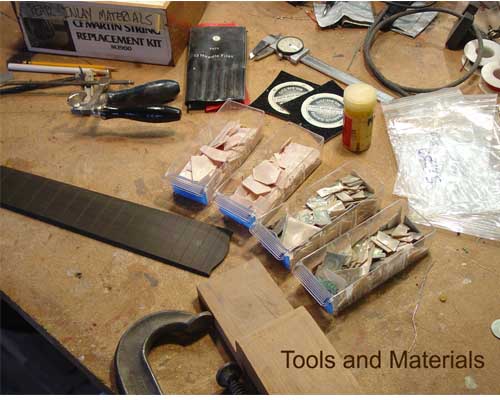
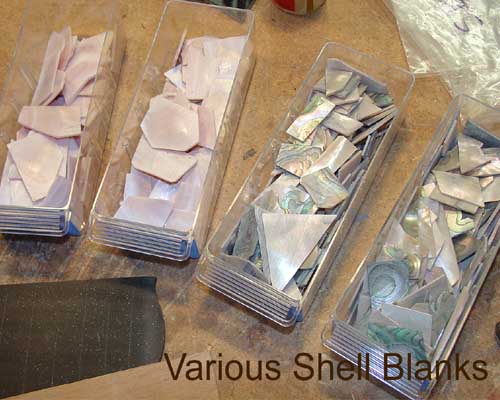
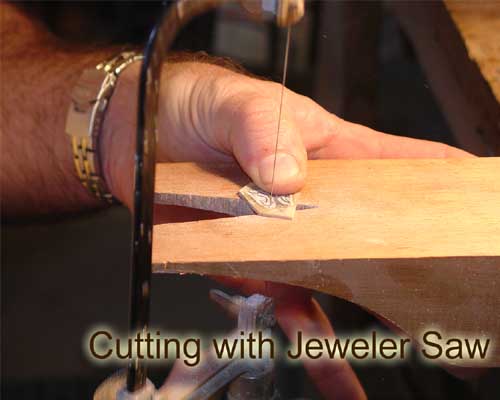
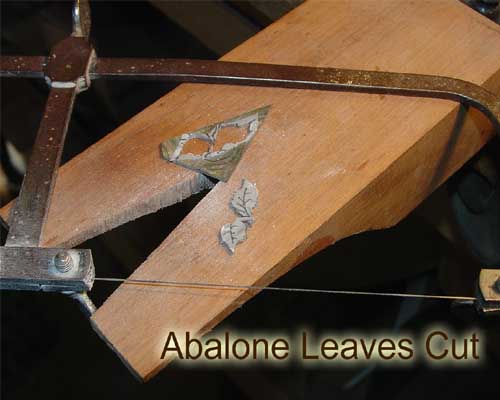
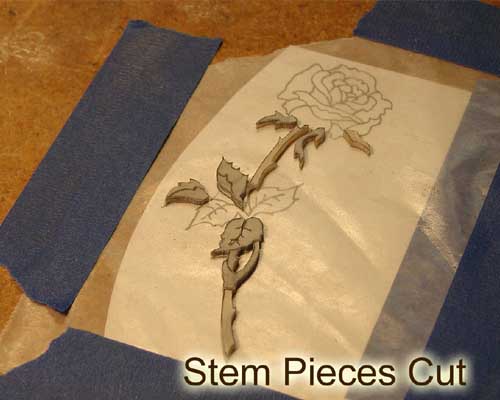
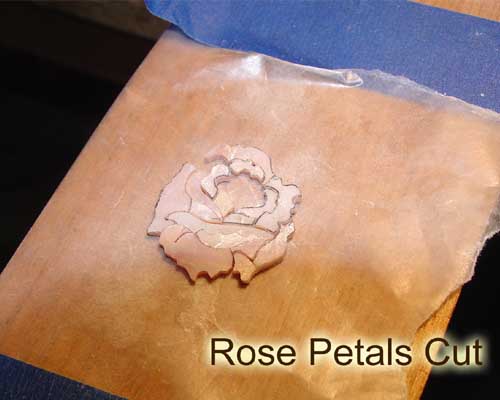
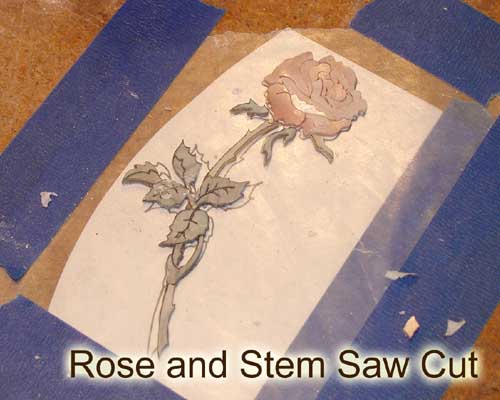
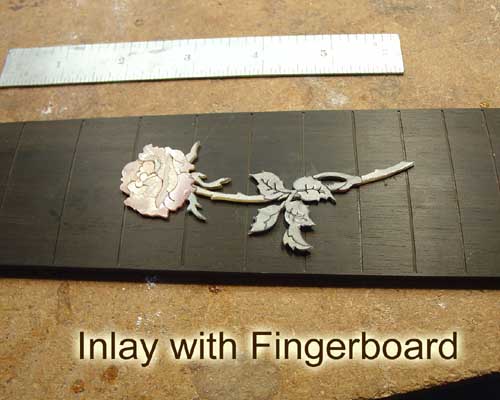
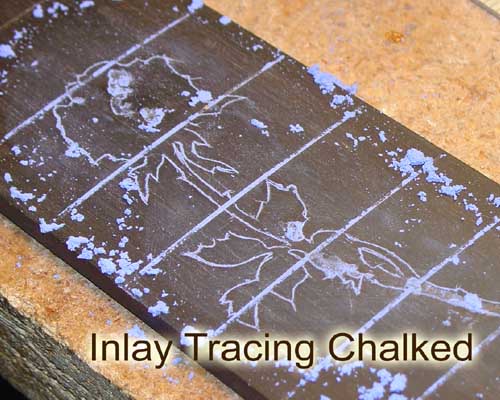
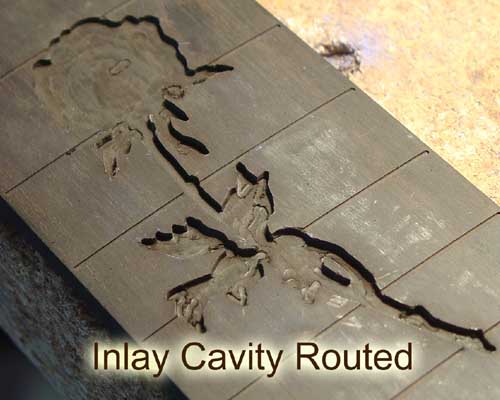
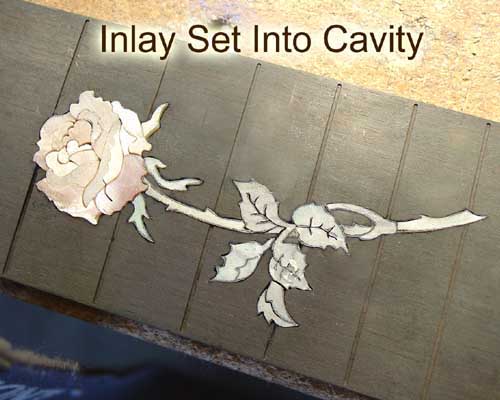
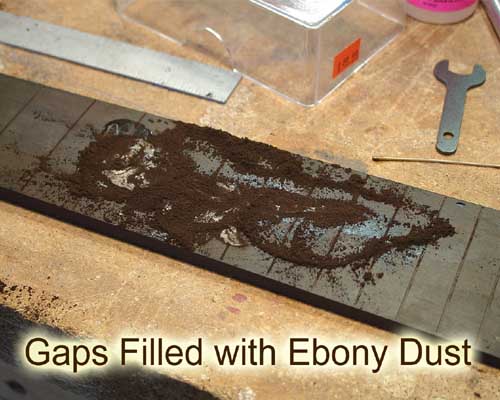
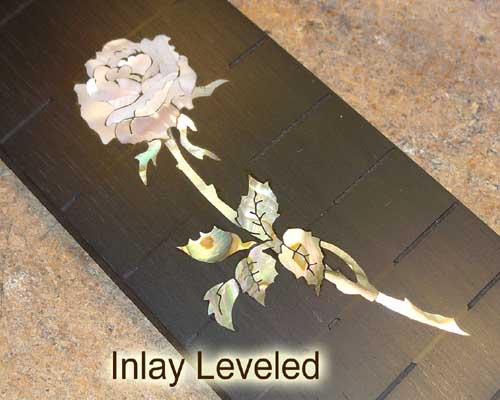
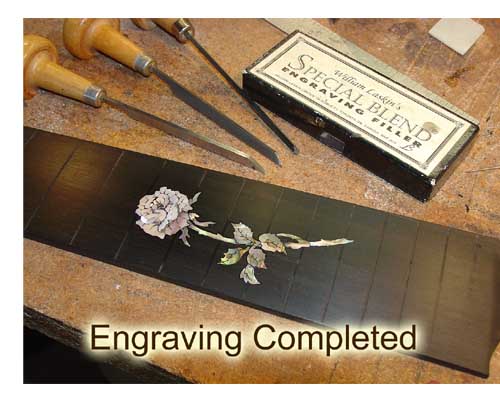
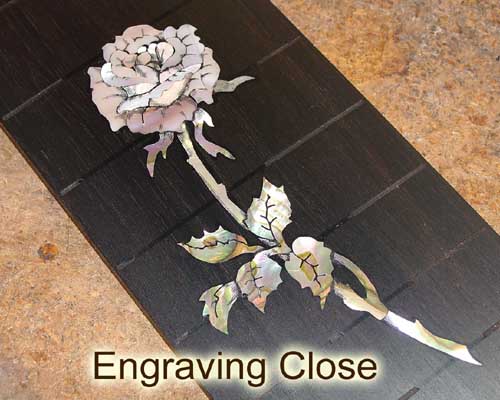



 )
)
